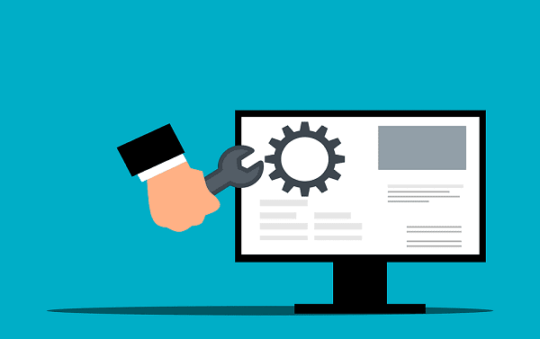Self-service identity management has become a major trend in the IT world as it allows users to manage their credentials and identities with the help of a self-service interface. It is a form of identity management that enables customers to control their own identities, typically by providing a web interface for registration, password reset, and other services. The term “self-service” refers to the customer’s ability to manage their accounts.
What Is Self-Service Identity Management Software?
Self-service identity management software is designed to operate differently from traditional identity management methods, where the customer has to call or email the helpdesk to get their password reset or other help with their account. Instead, self-service identity management software allows users to authenticate themselves without assistance from an administrator. It is user-friendly and allows users to manage their data with minimal intervention. This includes creating new accounts and managing and changing passwords.
Uses of Self-Service Identity Management Software
Self-service identity management software has become increasingly popular in recent years. It is not surprising that there are many different uses for this type of software. The first and most common use of self-service identity management software allows the end-user to manage their account. The software offers various benefits over traditional methods that involve human interaction.
Self-Service Identity Management Software allows end-users to control their accounts, thus eliminating potential security breaches or other issues related to errors. Additionally, users can easily control their passwords, making it more difficult for hackers to steal personal information from an individual’s account.
Similarities – Self-Service Identity Management Software and IAM
Self-Service Identity Management Software and Identity Access Management (IAM) are not related, but they do share some similarities. Self-Service Identity Management is an automated system that helps users to manage their identity on the internet.
Self-Service Identity Management Software helps provide access to various applications that secure the access details of user accounts in the server database. It also offers Single Sign-On (SSO) capabilities to comply with other web applications and resources. It also allows us to manage accounts, such as records and contact information, and create new information.
However, IAM is security software that allows enterprises to control who has access to what resources in their network. Identity and Access Management helps manage a user’s identity. It also controls what they can access and do with that access. IAM is an authentication and authorization tool that ensures users have the right credentials to access data and applications.
Also read: What Is Cyberpsychology and Everything You Need to Know About
Conclusion
Self-service identity management is software that helps users manage their identity online. It is an automated system that any individual can access without help from a third party.
Self-service identity management software does not provide as much security as other types of authentication methods, such as multi-factor authentication. However, it can be a good option for smaller organizations that don’t have the resources or budget to employ other methods.
Such software is a great way to provide security for the organization’s database as it doesn’t require human intervention and offers an easy way to manage all of its user data. However, some people think that it comes with a set of risks and argue that this type of software is not as secure as other types and can relatively easily be hacked.





